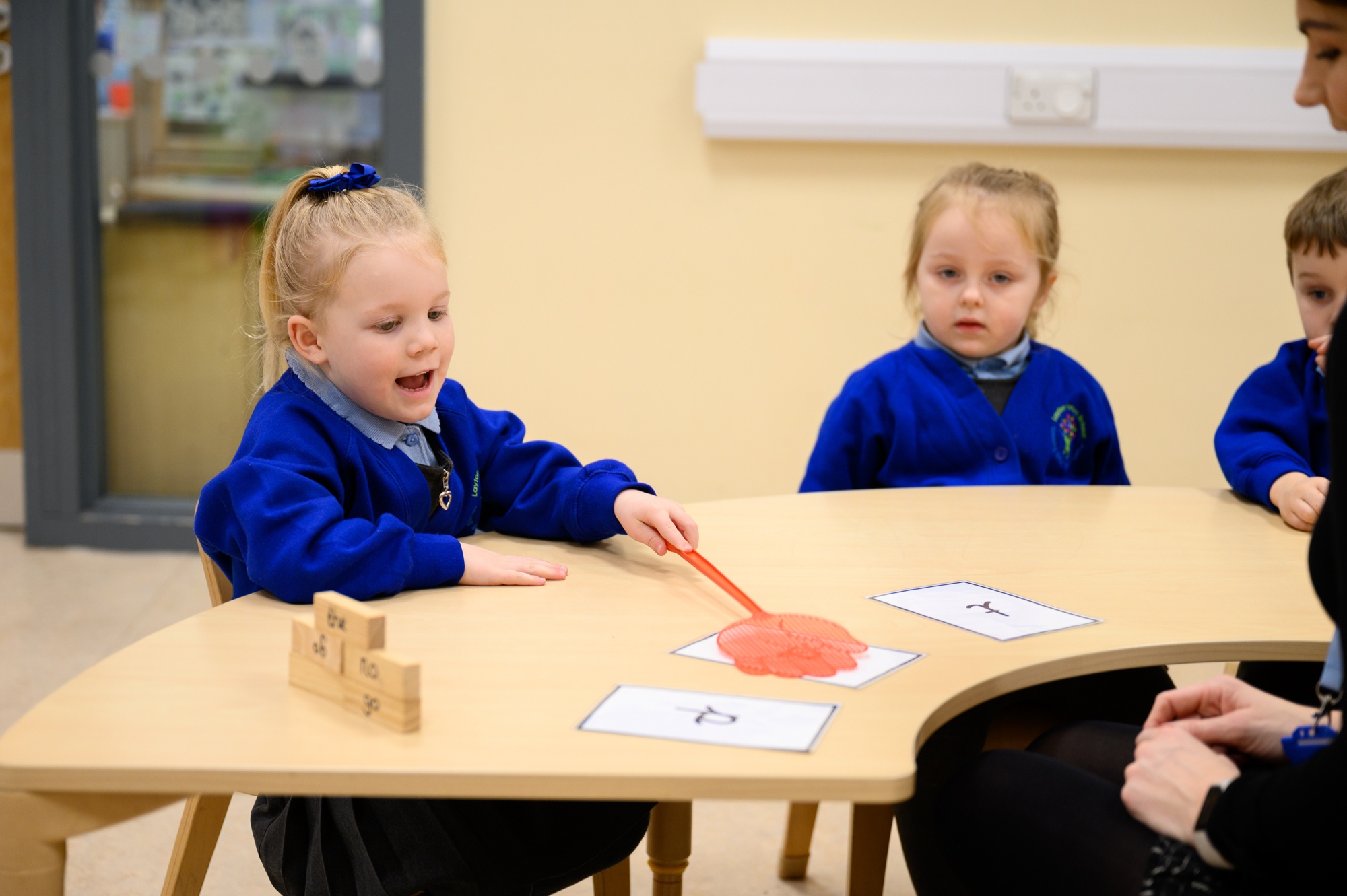Phonics Screening Check- How can you support at home

There are lots of practical ways that you can support your child to learn phonics at home:
- Read to and/or with your child every day.
- Work on listening skills, taking turns and encouraging your child to look at you when you are speaking.
- Practise breaking words up into sounds and then blending those sounds together to make a word, e.g. fish, f-i-sh, fish.
- Look for familiar sounds and words in the world around you. In the supermarket, can your child find letters they recognise on your shopping list and sound them out? Can they recognise letters on street names or on car number plates?
- Practise the new sounds your child is learning using your 1:1 reading
- Support your child to complete any phonics homework they bring home.
- Finally, remember to ask your child’s class teacher if you are unsure about any aspect of your child’s phonics learning. A consistent approach is very important.
Have fun!
Phonics Screening Check
In June, all year 1 children are expected to complete the year 1 Phonics Screening Check. The aim is to check that a child is making progress in phonics. They are expected to read a mixture of real words and ‘nonsense’ words. (Nonsense words can also be referred to as ‘pseudo’ or ‘alien’ words.) If a child has not reached the expected standard, schools must give additional support to help the child to make progress in year 2. Children who have not passed the check in year 1 will have the opportunity to retake it in year 2. After year 2, children who need additional support can get this through targeted support and intervention. Please speak to a member of staff if you would like more information about the check or more support with your child’s phonics.
